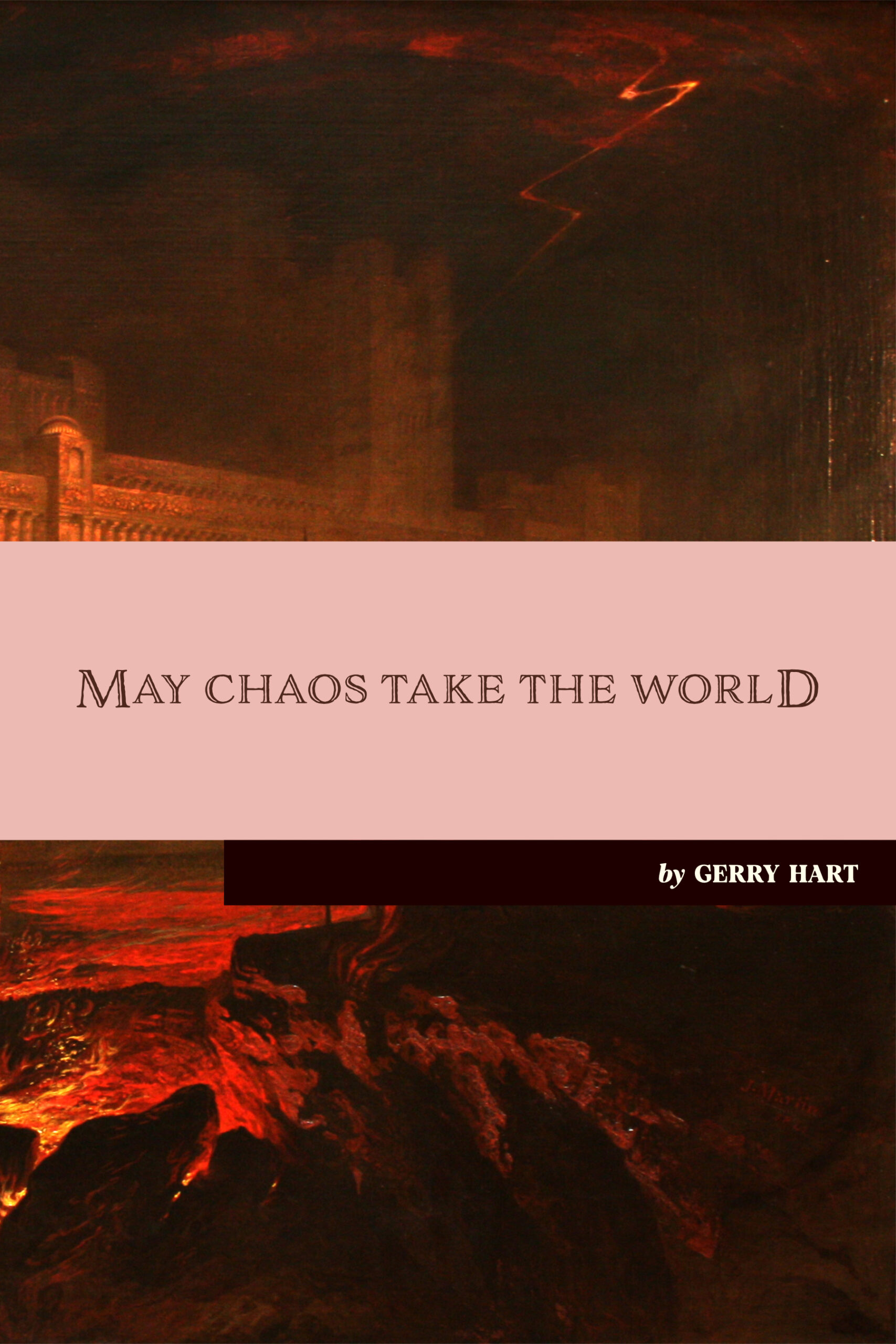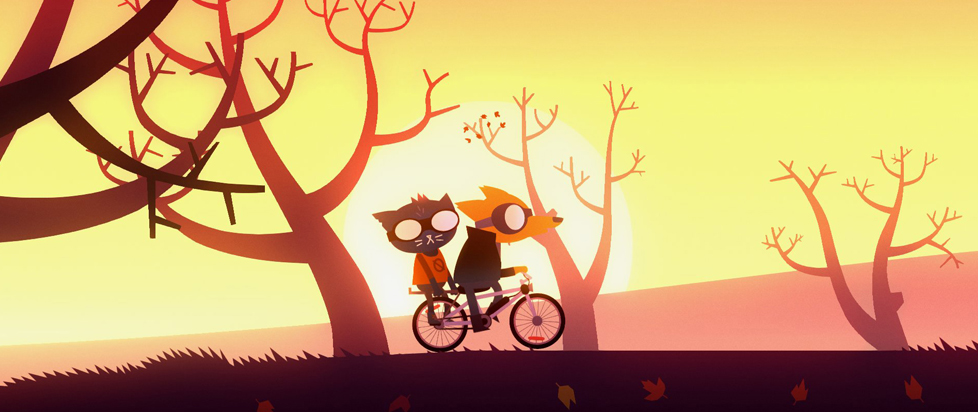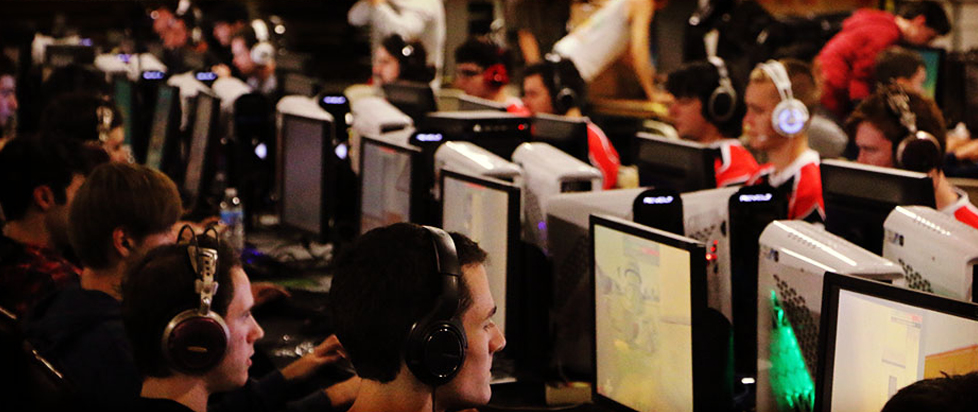
May Chaos Take the World
This is an excerpt from the cover story of Unwinnable Monthly #167. If you like what you see, grab the magazine for less than ten dollars, or subscribe and get all future magazines for half price.
———

The first time I encountered the Frenzied Flame of Chaos in Elden Ring was whilst I was exploring the Weeping Peninsula. I can’t quite remember what I was doing, but I do remember stumbling upon a village secluded in the woods, its only inhabitants gaunt, emaciated husks with burning eyes. Like most locations in Elden Ring, the Weeping Peninsula holds its share of dangers, but this place named the “Ailing Village” felt decidedly more ominous and out of place compared to its surroundings, as though it had been deliberately sequestered away from the rest of the world by whoever built it. And from there, the flame’s presence kept manifesting itself throughout my travels. Scattered notes, item descriptions and periodic encounters with people broken by grief with those same burning eyes, all pointing to something dark waiting beneath the world, calling for you to seek it out.
The cosmology of Elden Ring’s world is complex and daunting even for veteran players, populated by a myriad of competing gods and demigods who vie for control over The Lands Between with often unclear and opaque intentions. But there is little in the way of ambiguity with the Frenzied Flame. It is the embodiment of chaos, seething with rage at the ruling deity The Greater Will, its anointed sovereign Queen Marika and her ruling Golden Order, and the misery inherent in them. To inherit its power and set it loose on The Lands Between is, in the words of its maddened disciples, to “let chaos take the world,” purging the world’s pain and iniquities by burning it all to ash. Because of this, many fans understandably see this aspect of the game as shallow, amounting to little more than joker-fied nihilism. But I think this interpretation belies what the Frenzied Flame can reveal about Elden Ring’s world and how to endure our own fragmenting reality.
To begin with, I think it is useful to take a closer look at how Elden Ring’s world is structured and where the Frenzied Flame lies within it. Though Elden Ring departs from previous FromSoft titles in adopting an open world, it is just as deliberately constructed as Dark Souls or Bloodborne. Following the player’s inevitable death in the initial starting area, they awaken in a tomb before emerging out of the earth and into the starting area of Limgrave. From there, they are directed up through Stormveil Castle, towards the Altus Plateau and the capital city of Leyndell, and from there into the mountains and the floating city of Farum Azula before finally up into the Erdtree, the Yggdrasil-esque conduit of all life itself. From this, we can broadly understand the player’s intended progression through The Lands Between as an ascent, both in spatial terms and allegorically, as the player transcends their humble origins as a nameless “tarnished” and claims their place within the divine order as the new Elden Lord.

Just as the game steers us in a specific direction however, the game also incentivizes players to deviate from this guidance and explore the world around them. Some of this is necessary in order to strengthen oneself, but straying from the beaten path also affords us greater insights into the world around us and reveals some of the cracks in what we’re told about the world. Should the player wish to pursue one of the game’s alternate endings, they must make a conscious choice to stray from the path ordained to them, seeking out locations and items that are ostensibly superfluous to beating the game. Even in the game’s story, we find ample reference to characters that have deliberately eschewed the “guidance of grace” such as Vyke, a fellow tarnished who almost succeeded in claiming the mantle of Elden Lord before straying from the path and traveling into the depths to seek the Frenzied Flame. He failed of course, but we can follow in his footsteps.
If the path to becoming Elden Lord is one of ascent, the Frenzied Flame is a clear descent. The Frenzied Flame lies beneath the capital city of Leyndell, resplendent even in its ruined state, where the player must find a well that leads to the subterranean shunning grounds. This warren of sewers is used by Marika’s order to imprison the omen, creatures that are shunned and ostracized for existing outside of the Erdtree’s cycle of life and for the horns on their skin. Past the sewers, you will encounter the remnants of the great caravan, a clan of merchants who were buried alive for the false accusation of worshiping the Frenzied Flame which, trapped and despairing, they ended up calling into being. It is perhaps one of the most shocking moments of the entire game, thousands of bodies packed together frozen in anguish, the few withered survivors either hostile or playing a simple, mournful tune. This link between the Frenzied Flame and the persecutions under the Golden Order is made explicit in a cut questline that follows a merchant named Kale and his search for his people. Upon discovering their fate, he rages at the world that broke his people for a crime they did not commit, screaming “Well if that’s what they expect from us, then that’s what they shall get from us!”
Following the Frenzied Flame is not just a descent in spatial terms then, but a descent through the game’s social order and the hideous injustices hidden behind its golden facade. Many games have sought to evoke the allure of the depths, including other FromSoft games. But what makes the siren’s call in Elden Ring so powerful lies in its relationship to the world above. The Frenzied flame teases answers, beckoning you to follow it down through the stratified inequalities of the world and promises an end, great and terrible, to the world’s suffering.

So what happens when you finally hit the bottom? The Frenzied Flame lies sequestered behind a massive door that requires only that you “divest yourself of everything” to enter. No boss fight, no final obstacles, just an empty chamber and your own conscience. I don’t know how long I stood there on that threshold. By this point we have seen how hideous, how broken the world around us is, not just in our descent but throughout our journey. We are tasked with becoming Elden Lord and for what? So, we can join or supplant a pantheon of selfish gods jockeying for power with no regard for who or what they destroy in the process? And that even assumes we were ever intended to succeed in the first place. Towards the end of the game one of the main characters reveals to us that “Alas, none shall take the throne. Queen Marika has high hopes for us. That we continue to struggle. Unto eternity.” How tempting it was to cast off all the pain and injustice of the world and set that wretched order ablaze. To let chaos take the world.
It might be tempting to read the Frenzied Flame as an analogue for the destructive forces birthed as a noxious response to our current moment. But I think succumbing to the Frenzied Flame represents a resignation to the cruelty and arbitrariness in the ordering of the world, and thus the foreclosure of any possibility of it being changed for the better. I think this was why the Frenzied Flame fascinated and unnerved me so much. Ours is an age of mounting and intersecting crises almost too numerous to name, and yet even the act of imagining an alternative future than our present, of breaking through that “gray curtain of reaction” as Mark Fisher so eloquently termed it, is a near impossibility. Despair comes so easily when you find yourself constantly dreaming of futures that could have been. To quote a line from Carlos Maza’s video essay How To Be Hopeless, “It’s one thing to fight for a better world. It’s another to be unable to live in the one that we have and see it as it really is.”
———
Gerry Hart is a UK-based writer and co-editor of Red Pepper Magazine. Follow him on Twitter @PoorConrad.
You’ve been reading an excerpt from Unwinnable Monthly Issue 167.
To read the article in its entirety, please purchase the issue from the shop or sign up for a subscription to Unwinnable Monthly!




